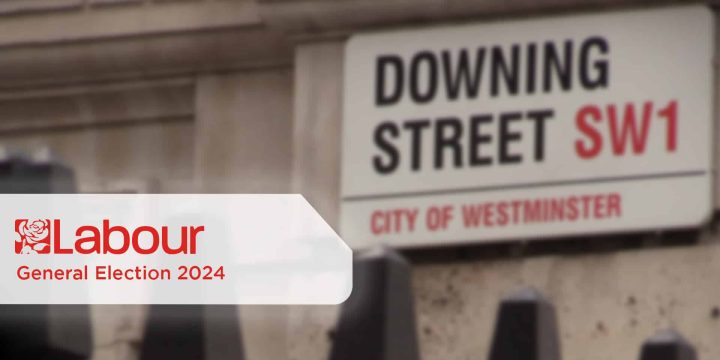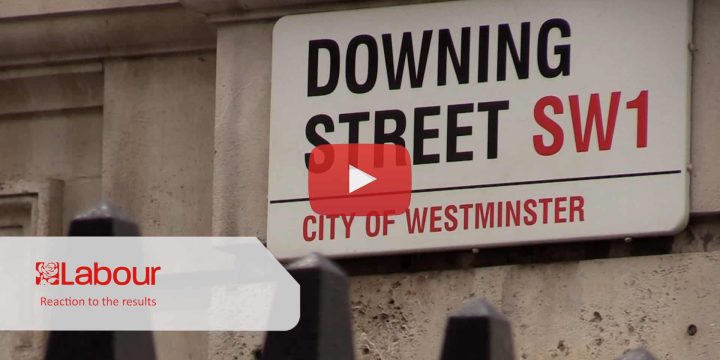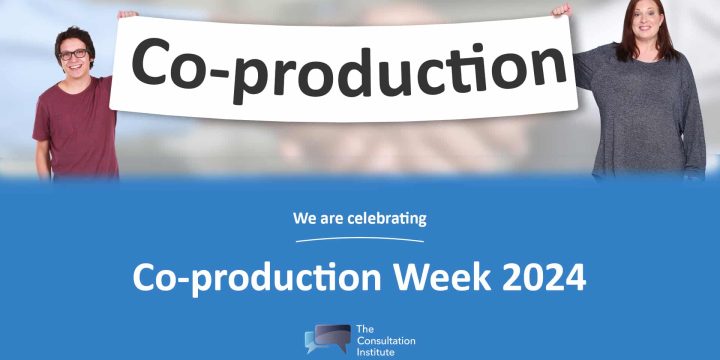News & Insights
Three EASY ways to improve engagement and consultation on social media
The public sector has an ongoing objective of involving citizens in public decisions and public life.
These days, direct mail, flyers, leaflets, ads and email just don’t have the same effect as they used to. Organisations now have to adapt and come up with new ways to engage with those who are no longer accessible through traditional methods of engagement.
Public engagement is ready to be undertaken on a large scale with social media platforms such as Twitter, YouTube and Facebook – but how easy is it?
The good thing is that social media can be used to motivate and mobilise large numbers of consultees to try to influence decisions taken by consultors. The bad thing is that some public bodies face various organisational, technological and financial challenges in using social media.
Not to worry though – this article will give you some key pointers to start you off and make the most out of social media!
Plan your social media activities from the very beginning
A fundamental thing you need to ensure is that your social media (and indeed any online information or engagement you might be thinking about) is built into your overall planning from the start. It can raise the profile of your consultation in a quick and effective manner, and help you connect with a wider range of stakeholders.
For those of you that are thinking ‘well, this is hardly a secret’, this is the one thing that a lot of organisations dismiss but can benefit so much from.
Don’t just decide that you are going to ‘do’ social media. You should see it as just another methodology that you are going to use, not a separate activity which can be added later in the process. Have a clear idea of how often social media accounts are going to be monitored and plan your content ahead of time as well, so people know what is going out when. It’ll save time and effort in the long run and enable you to set measurable objectives for the desired outcomes.
Taking ownership
The second point is strong ownership in the management of social media.
This means clear lines and understanding who is responsible for social media and making sure that they are included from the beginning of any planning, as outlined above, and that they have the right skills and confidence to do the job. They should be backed up by quality information and policies to make sure that they understand their role, what they can say and what they can’t, and who to report to if things escalate.
So often, individuals are left with the responsibility of handling social media activities on behalf of the organisation, but when it comes down to it, sometimes there is a fear that they could get into trouble if they say something they shouldn’t or something is taken the wrong way or simply do not know where to start.
Using social media must be a two-way conversation; otherwise it will do more harm than good.
When you’re using social media for stakeholder engagement and to support a broader communications strategy around your project, actively using social media is one of the easiest ways to reach a large audience.
You need to be prepared to respond to people that interact with you. The trouble is, once you start using social media, you have to keep at it. You can’t simply use it to communicate one-way, broadcasting messages to your audience that you want them to see – you need to be active on your threads, replying to people that contact you, thanking them for ‘liking’ and sharing your content, and answering their questions, even those from people that might be opposed to your plan.
If there’s a lull, your followers – the people that might otherwise be really interested in what you’ve got to say – will soon switch off. Re-engaging them can then be tough.
But it is also important to bear in mind that there are those who are out to pick a fight on social media, the ‘keyboard warriors’, and it’s important to decide whether it is worth responding, and if so, how. Don’t jump into responding to social media enquiries without a) taking a deep breath first and b) understanding what is being asked. Things can escalate very quickly on social media!
One thing to bear in mind: the demographic of people who post online is not wholly representative of the population at large. There are still many people who prefer to go to a public meeting than to Tweet about it.
If you are struggling to manage your social media channels, or you have no idea where to start, you need to make sure to get the following things right:
- Target the right people (the 6 tests of Stakeholder identification)
- Provide them with the right content
- Use the right methods
- Do it at the right time
- Provide the decision-makers with the right feedback



